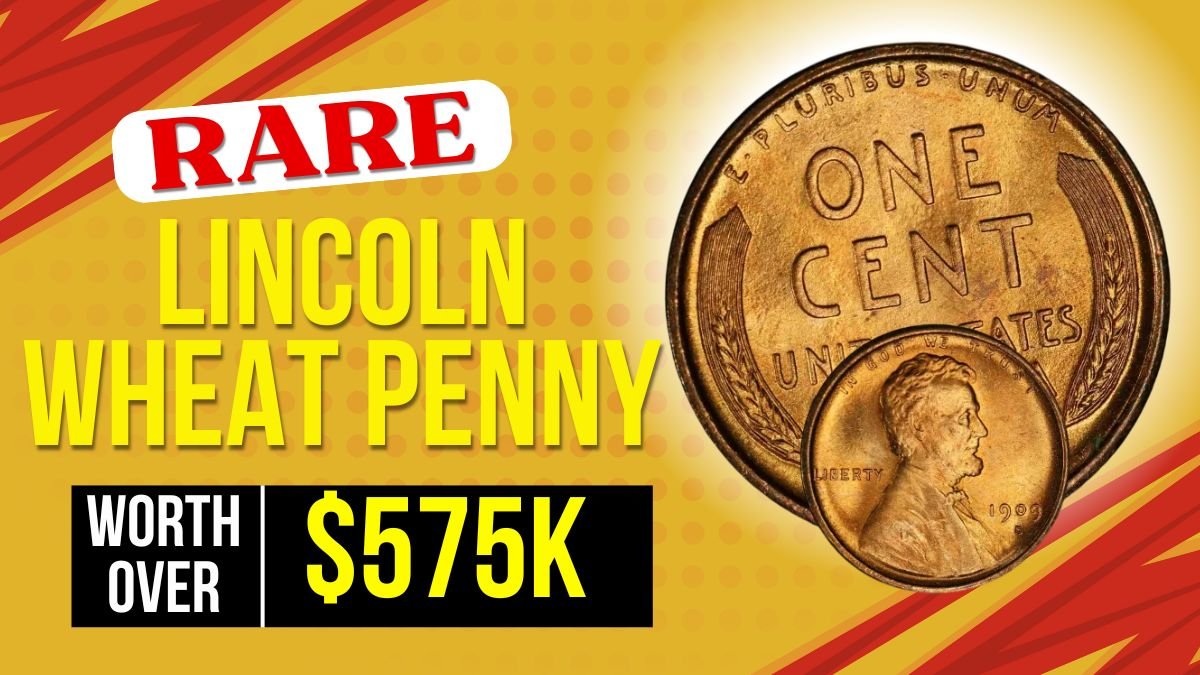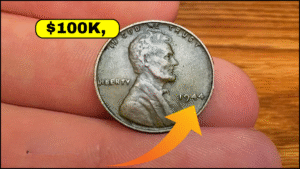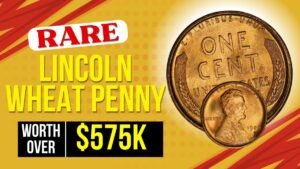Imagine if a slight crack on a coin makes you rich overnight? Sounds strange, right? But believe me, this has actually happened. A very rare Lincoln Wheat Penny in America, which had a large die crack, was recently auctioned for $575,000 (about ₹4.8 crores). And the most surprising thing is that such coins can still be in people’s pockets or in a piggy bank of old coins – maybe even with you.
Let us understand in detail what this die crack penny is, why its price is so high, and how you can identify it.
What is a die crack?
When a coin is made, a metal die is used to engrave the design on it. If this die starts breaking or wearing out due to excessive use, then cracks appear in it. If coins are still made from such a broken die, then the marks of those cracks emerge directly on the surface of the coin.
These cracks can appear on the coin in many forms – raised lines, spots, or sometimes even lump-like shapes. In the eyes of a common man, this may seem like a flaw, but for coin collectors, it is a rare error (Mint Error) and is often extremely valuable.
Sometimes these cracks are called “Lightning Error”, because they form a shape like lightning flash. On the other hand, if a thick metal emerges on the edges, then it is called “Cud Error”.
Why such a high price?
Now you must be wondering how a small crack can make the price of a coin millions of dollars? So let’s talk about this rare Lincoln Wheat Penny which was auctioned for $575,000.
The special features of this coin were as follows:
- The die crack was very large and spread clearly across the entire coin.
- The condition of the coin was almost perfect.
- A coin with such a large error does not usually come into circulation, but this coin had reached the market.
All these reasons together make it extremely rare and collectible. It was a treasure for collectors.
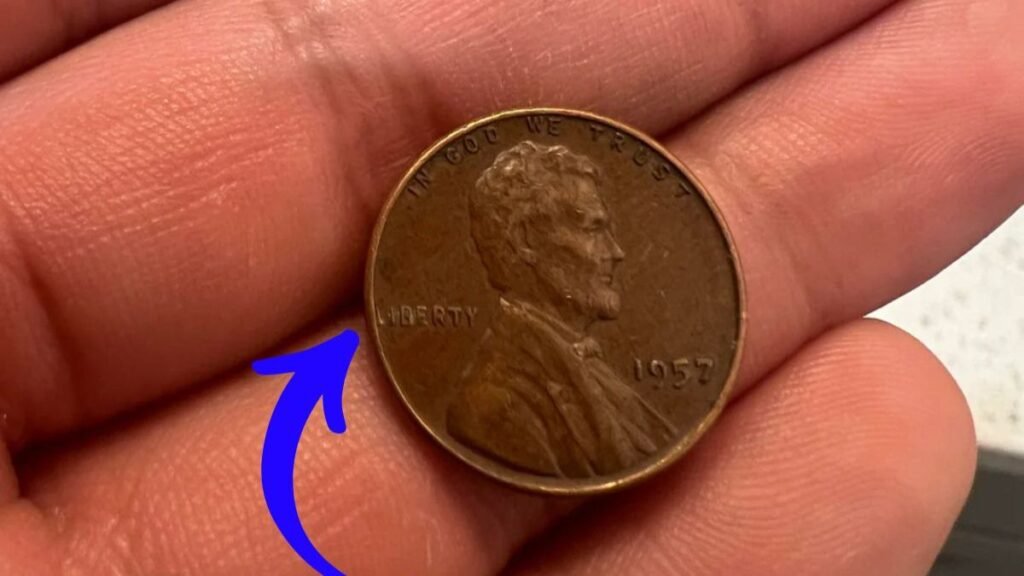
How to identify a coin with a die crack?
You may also have a coin that you are unaware of. By looking at the signs given below, you can identify whether your coin has a die crack error or not.
| What to Look For | What You’ll See |
|---|---|
| Raised Lines | Zig-zag or uneven raised lines across the coin’s surface |
| Metal Blobs (Cuds) | Thick metal lumps on the edges of the coin |
| Extra Metal Between Letters | Unwanted bulges or lines between the coin’s lettering |
| Lightning Cracks</ |
To check these, you can use a magnifying glass or the zoom feature of your mobile camera. Look carefully, especially along the edges of the coin and between the letters. If you see anything unusual or odd, set it aside.
Is every die crack penny worth millions?
No, not every die crack coin is worth millions. But if the coin has:
- the flaw is very unusual or prominent,
- the coin is in good condition,
- and it’s a Wheat Penny from an earlier period (such as 1909-1958),
it could be worth thousands or even millions of dollars.
Sometimes minor flaws are attractive to collectors because they make the coin “one of a kind.”
How to get an appraisal?
If you think you have a coin like this:
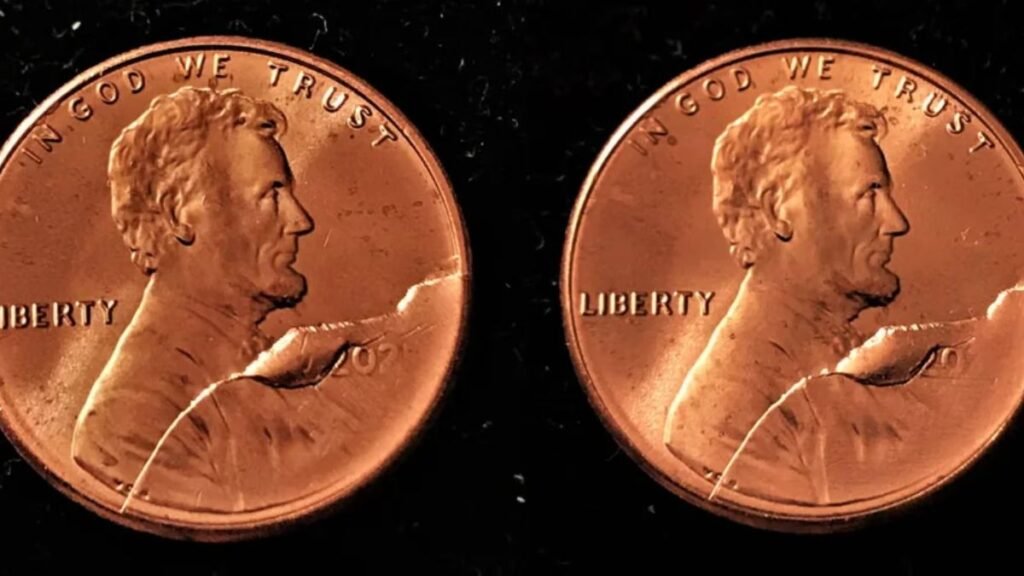
- Contact a local or online coin dealer first.
- Have the coin professionally graded (such as by organizations like PCGS or NGC).
- Compare its potential price on online auction platforms (such as eBay or Heritage Auctions).
Keep in mind that your search can start with a simple crack and turn into a capital of millions.
Where is the opportunity hidden?
In today’s digital age when everything is changing at a fast pace, the importance of old coins is increasing. Especially America’s Lincoln Wheat Pennies, which were made between 1909 and 1958, have many rarities hidden in them.
This treasure can also be hidden in an old piggy bank in your house, grandparents’ wallet or a bag of old coins.
CONCLUSION
Whenever you see old coins – whether with a shopkeeper, found in change on the roadside or given by a relative – do not ignore them. Especially check Wheat Pennies carefully. What you think is just an old or broken coin, can actually be good news of ₹ 4 crores. So the next time you sort coins, don’t just look at their shine — pay attention to their unseen marks, cracks and bumps. Because your luck might be hidden in some tiny crack.
FAQs
Q1. What is a die crack on a coin and why does it matter?
A. A die crack is a flaw that occurs when the stamping tool used to mint coins gets damaged. This damage creates raised lines or blobs on the coin’s surface. These errors are rare and often highly valuable to collectors.
Q2. How can I tell if my coin has a valuable die crack?
A. Look closely for raised jagged lines, metal blobs near the edge, or strange bumps between letters. Use a magnifying glass or phone camera zoom for better inspection. If it looks unusual and isn’t part of the original design, it might be rare.
Q3. Are all die crack pennies worth thousands of dollars?
A. Not all of them fetch high prices, but coins with larger or more dramatic cracks can be very valuable. The rarity, condition, and type of error play a major role. Some can be worth a few dollars, while others reach hundreds of thousands.
Q3. Can I find a valuable coin like this in everyday pocket change?
A. Yes, it’s very possible, especially with older coins like Lincoln Wheat Pennies. Rare error coins sometimes slip through into circulation. Checking your spare change might lead to an unexpected treasure.
Q5. What should I do if I think I’ve found a rare error coin?
A. Avoid cleaning or altering the coin in any way as it can reduce its value. Take it to a reputable coin dealer or have it professionally graded. An expert opinion can help determine if your find is truly valuable.
